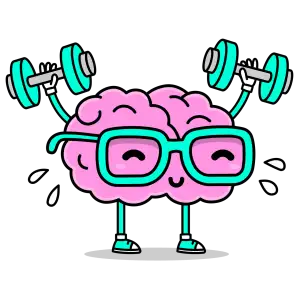Torso Workout: Sculpt Your Core and Unleash Your Powerhouse
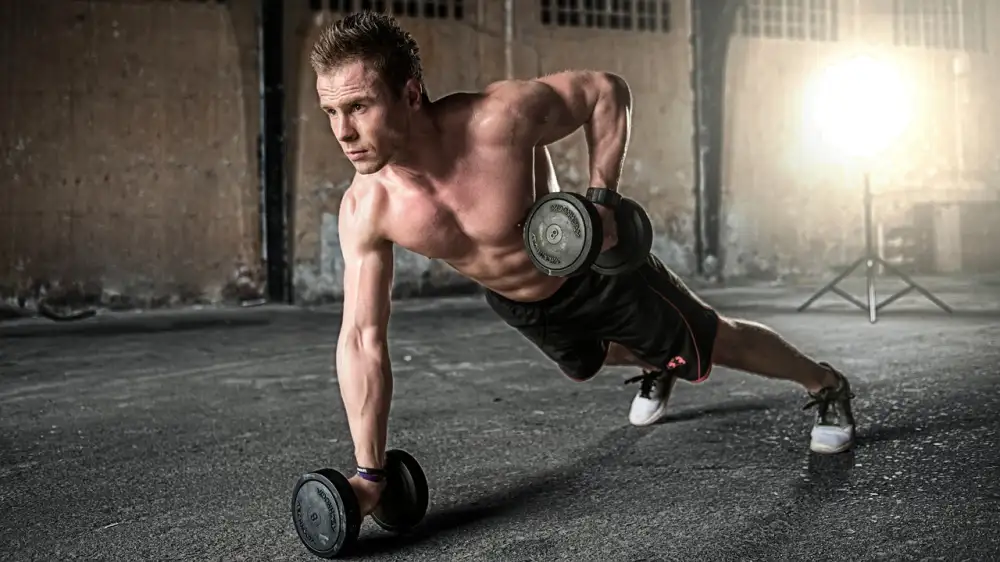
- Understanding Torso Muscles
- Benefits of a Strong Torso
- Warm-up Exercises
- Core Strengthening Exercises
- Back Strengthening Exercises
- Chest Exercises for a Defined Torso
- Oblique Exercises for a Trim Waist
- Torso Workout Routine Example
- Tips for Effective Torso Workouts
- Common Mistakes to Avoid
- Safety Precautions and Injury Prevention
- Cool-down Stretches for Recovery
- Progress Tracking and Progression
- Importance of Nutrition and Hydration
Understanding Torso Muscles
The torso is the powerhouse of your body, housing crucial muscles that impact your strength, stability, and everyday movement. A strong torso is essential for everything from maintaining good posture to performing athletic movements. Let's break down the key muscle groups that make up this vital area.
Your abdominals, often called abs, are front and center. They're not just about aesthetics; they play a vital role in core strength and stability. The rectus abdominis, the muscle responsible for the coveted "six-pack," helps you bend forward. The obliques, located on your sides, assist with twisting and rotating your torso. And let's not forget the transverse abdominals, the deepest abdominal muscle, which acts like an internal corset, supporting your spine and internal organs.
Moving to your back, you'll find a complex network of muscles that contribute to good posture and overall strength. The erector spinae muscles, running along your spine, help you stand upright and bend backward. The latissimus dorsi, or lats, are the large, flat muscles that give your back its width. They're involved in pulling motions, like pulling yourself up during a pull-up. The trapezius, or traps, extend across your upper back and shoulders, supporting your arms and moving your shoulder blades.
When crafting a torso workout, it's essential to target all these muscle groups for balanced strength and stability. Exercises like crunches, planks, and Russian twists engage your abdominals. Back extensions, rows, and pull-ups work your back muscles effectively. Remember to incorporate exercises that challenge your obliques, such as side planks and bicycle crunches, for a well-rounded routine. By understanding the function of each muscle group and incorporating exercises that target them effectively, you can build a strong and resilient torso that supports your active lifestyle.
| Feature | Crunches | Plank | Russian Twist |
|---|---|---|---|
| Target Muscles | Abs (primarily upper) | Core (abs, obliques, lower back) | Obliques, Abs |
| Difficulty | Beginner | Intermediate | Intermediate |
| Equipment Needed | None | None | Optional (weight plate or dumbbell) |
Benefits of a Strong Torso
A strong torso is the foundation of a powerful and healthy body. It enhances athletic performance, improves posture, and reduces the risk of injuries.
A strong torso provides a stable base for movements in sports and everyday activities. It allows you to generate more power and control in activities like running, throwing, and lifting.
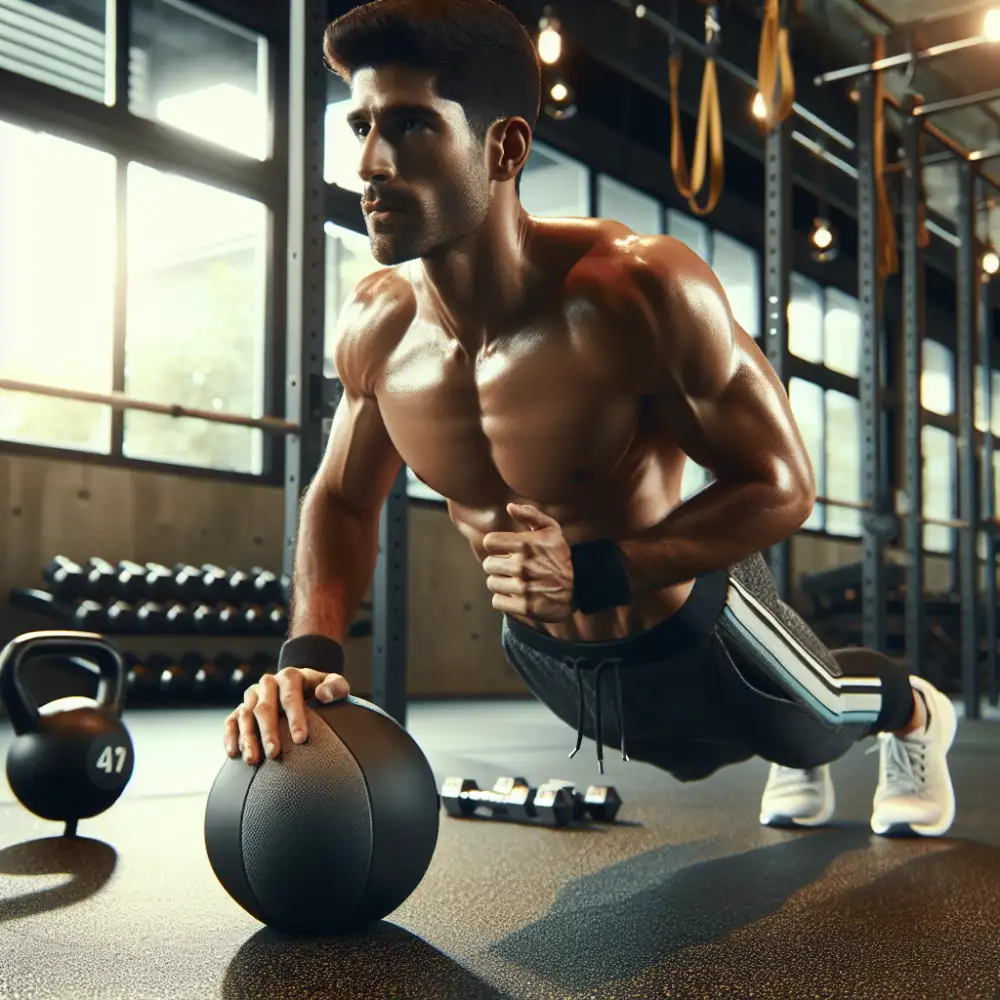
A strong torso helps you maintain proper posture by supporting your spine and preventing slouching. This can alleviate back pain, improve breathing, and boost your overall confidence.
A strong torso is less susceptible to injuries. The muscles in your core, including your abdominals, obliques, and lower back, act as stabilizers, protecting your spine and reducing the risk of strains and sprains.
A workout focused on the torso typically involves exercises that engage multiple muscle groups simultaneously. Planks, crunches, Russian twists, and Superman exercises are excellent examples. These exercises strengthen your abdominals, obliques, lower back, and hip flexors, creating a balanced and resilient torso.
Remember to consult with a healthcare professional or a certified fitness trainer before starting any new workout routine. They can help you determine the most appropriate exercises and intensity level based on your fitness level and goals.
Warm-up Exercises
Before diving into your torso workout, it's crucial to prepare your muscles with a proper warm-up. This helps prevent injuries and ensures your body is ready to perform at its best. Start with some light cardio, like jogging in place or jumping jacks, for 5-10 minutes. This will increase your heart rate and blood flow. Next, focus on dynamic stretches that target the muscles you'll be using, such as torso twists, arm circles, and leg swings. These movements should be performed in a controlled manner, gradually increasing your range of motion. Avoid holding any static stretches for extended periods during the warm-up, as this can actually decrease muscle performance. Remember, a good warm-up should leave you feeling energized and ready to tackle your workout, not fatigued.
Core Strengthening Exercises
A strong core is about way more than just aesthetics. It's the foundation for everything you do, from everyday movements to intense workouts. Think of your core as the sturdy central link in a chain connecting your upper and lower body. A strong core improves balance, posture, and stability, reducing your risk of injury.
Let's dive into some effective core strengthening exercises:
Plank: This isometric exercise is a full-body engagement champion. Start in a push-up position, resting on your forearms with elbows aligned below your shoulders. Keep your body in a straight line from head to heels, engaging your core and glutes. Hold this position for as long as you can while maintaining good form.
Side Plank: This variation targets your obliques. Lie on your side with your body in a straight line, propped up on your forearm. Stack your feet one on top of the other. Engage your core and lift your hips off the ground, maintaining a straight line. Hold for as long as you can and repeat on the other side.
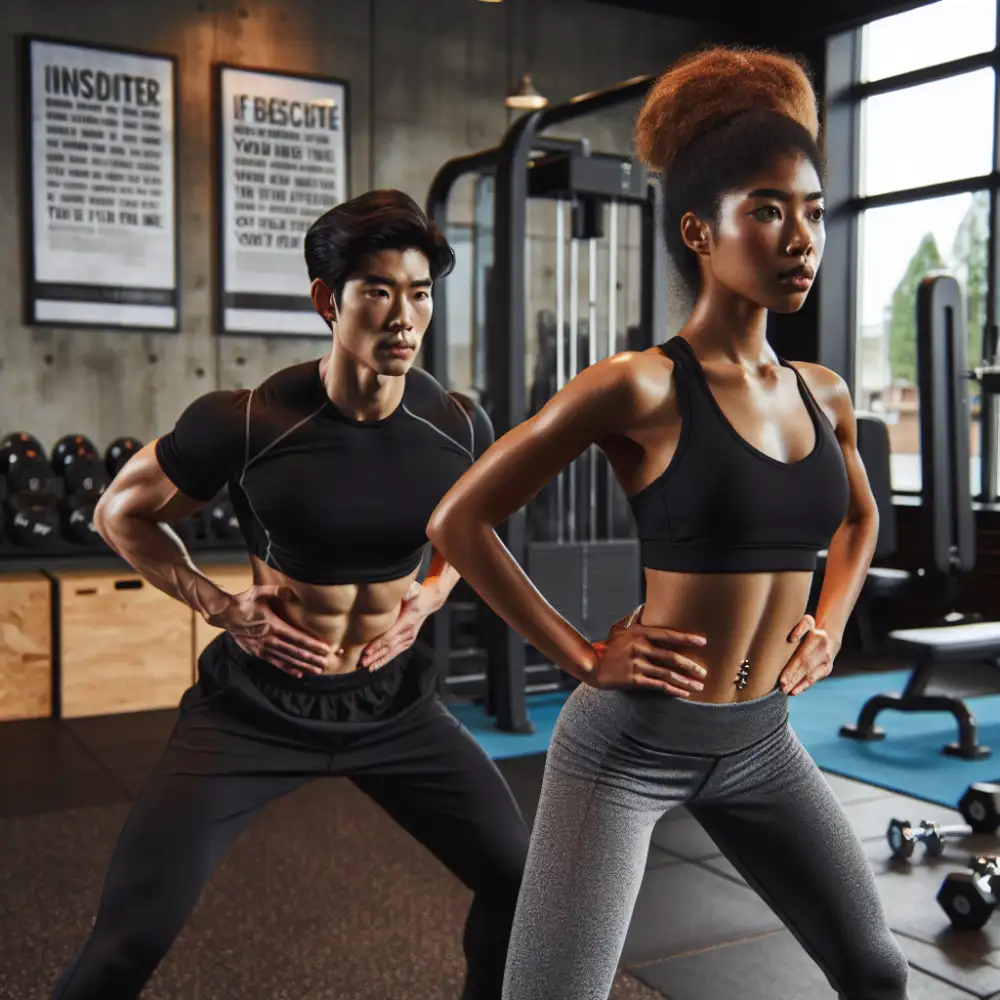

Bird Dog: This exercise challenges your balance and stability. Start on all fours with your hands shoulder-width apart and knees hip-width apart. Extend your right arm and left leg simultaneously, keeping your back flat and core engaged. Hold for a moment, then return to the starting position and repeat on the other side.
Bicycle Crunch: This exercise targets your abs and obliques. Lie on your back with your knees bent and feet flat on the floor. Place your hands behind your head, supporting your neck. Lift your shoulders off the ground and twist your upper body to bring your right elbow towards your left knee while simultaneously extending your right leg. Alternate sides in a pedaling motion.
Russian Twist: This exercise targets your obliques and rotational strength. Sit on the floor with your knees bent and feet lifted slightly off the ground, leaning back slightly. Hold a weight or medicine ball with your hands in front of you. Twist your torso from side to side, bringing the weight towards each hip.
Remember, consistency is key when it comes to core strengthening. Aim to incorporate these exercises into your routine 2-3 times a week. As you get stronger, you can increase the duration, repetitions, or difficulty of the exercises.
Back Strengthening Exercises
A strong back is essential for a healthy and active lifestyle. It helps you maintain good posture, prevents injuries, and improves your overall strength and stability. Whether you're a fitness enthusiast or just starting your fitness journey, incorporating back strengthening exercises into your routine is crucial.
One effective exercise is the Superman. Lie on your stomach with your arms extended forward and legs straight. Lift your arms and legs off the ground as high as you can, hold for a few seconds, and slowly lower back down. Aim for 2-3 sets of 10-12 repetitions.
Another great exercise is the plank. Start in a push-up position with your forearms resting on the ground and your body in a straight line from head to heels. Engage your core and hold this position for as long as you can. Aim for 2-3 sets of 30-60 seconds.
If you have access to weights, bent-over rows are an excellent exercise for strengthening your back muscles. Stand with your feet shoulder-width apart, bend at your hips, and hold a dumbbell in each hand. Keep your back straight and pull the weights up towards your chest, squeezing your shoulder blades together. Lower the weights back down slowly. Aim for 2-3 sets of 10-12 repetitions.
Remember to consult with a healthcare professional or a certified personal trainer before starting any new exercise program. They can help you determine the appropriate exercises and intensity for your fitness level and goals. By incorporating these back strengthening exercises into your routine, you'll be well on your way to building a stronger and healthier back.
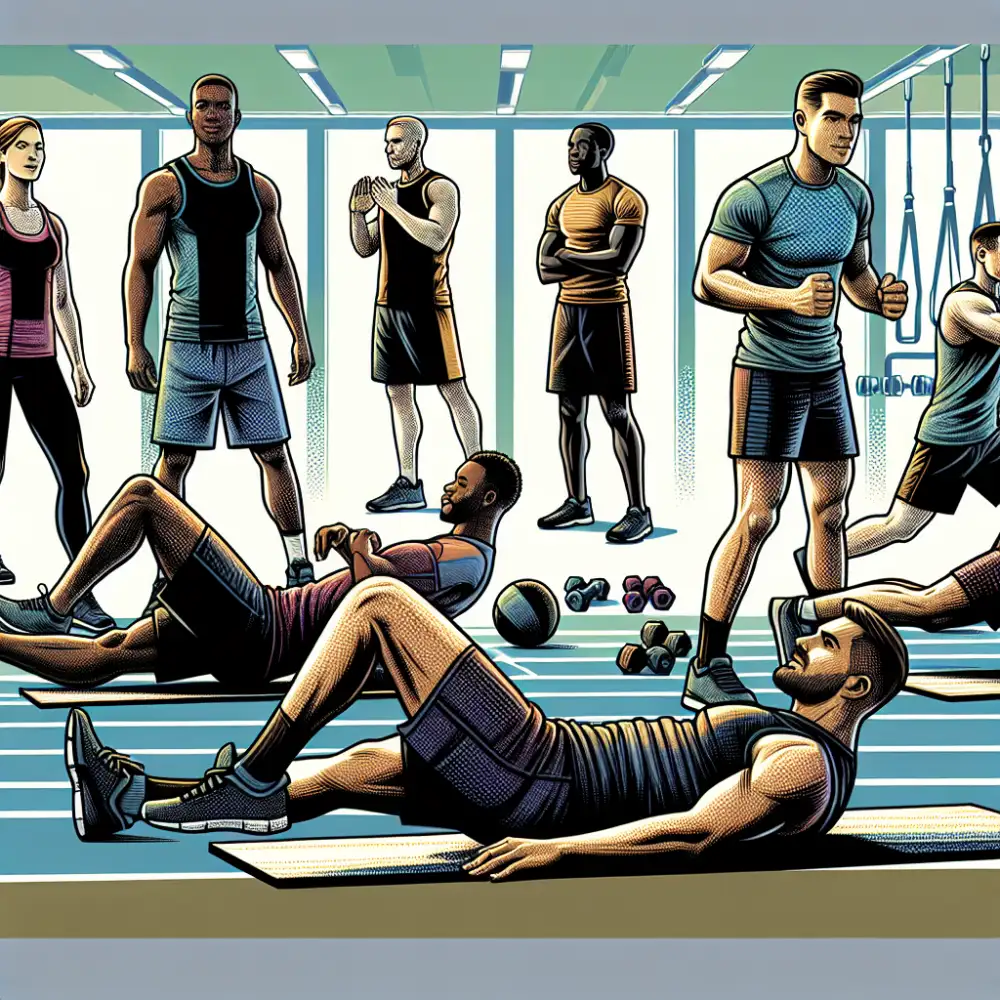
Chest Exercises for a Defined Torso
A sculpted chest is a universal fitness goal. It not only enhances your physique but also boosts your confidence. Whether you're aiming for a chiseled chest or simply want to improve your upper body strength, incorporating targeted exercises into your routine is key.
The foundation of any effective chest workout is the classic push-up. This bodyweight exercise engages multiple muscle groups, including your chest, triceps, and shoulders. Start with your hands slightly wider than shoulder-width apart, lower your body until your chest grazes the floor, and push back up explosively.
For those seeking an extra challenge, bench presses are a must. This compound exercise allows you to lift heavier weights, promoting muscle hypertrophy and strength gains. Lie on a bench with your feet flat on the floor. Lower the barbell to your chest, maintaining a slight arch in your back, and push it back up to the starting position.
Dumbbell flyes are excellent for isolating the chest muscles and enhancing definition. Lie on a bench with a dumbbell in each hand. With a slight bend in your elbows, lower the dumbbells out to the sides in a wide arc until you feel a stretch in your chest. Squeeze your chest muscles to bring the dumbbells back together at the top.
Cable crossovers provide a constant tension throughout the exercise, targeting the inner and outer chest muscles. Stand between two cable machines with the pulleys set at chest height. Grab the handles and step forward, keeping a slight bend in your elbows. Bring your hands together in front of your chest, squeezing your pecs at the peak of the contraction.
Remember to maintain proper form and control throughout each exercise. Start with a weight that challenges you without compromising technique. As you progress, gradually increase the weight or resistance to continue stimulating muscle growth.
Oblique Exercises for a Trim Waist
A strong, defined waistline is a coveted fitness goal for many. While traditional crunches can work the front of your core, oblique exercises are essential for targeting the muscles on the sides of your waist. These muscles are key for rotational movements, stability, and achieving that sculpted look.
One effective oblique exercise is the Russian twist. Sit on the floor with your knees bent and feet lifted slightly off the ground. Lean back slightly, keeping your back straight, and hold a weight or medicine ball in front of you. Twist your torso from side to side, bringing the weight towards each hip.


Another great option is the side plank oblique crunch. Start in a side plank position with your elbow directly beneath your shoulder and your body in a straight line. Lower your hip towards the ground and then raise it back up, contracting your obliques. Repeat on the other side.
Standing exercises can also engage your obliques. Try standing wood chops with a dumbbell or medicine ball. Stand with your feet shoulder-width apart and hold the weight with both hands. Brace your core and rotate your torso diagonally upwards, as if you were chopping wood.
Remember to engage your core throughout each exercise and maintain proper form to maximize results and prevent injury. Incorporate these oblique exercises into your workout routine 2-3 times a week to strengthen and sculpt your waistline.
Torso Workout Routine Example
This effective torso workout routine will help you build a strong and muscular upper body. Aim for 3 sets of 10-12 repetitions for each exercise, with a 60-second rest between sets. Remember to warm up before your workout and cool down afterward.
Barbell Bench Press: This classic exercise targets your chest, shoulders, and triceps. Lie on a bench with your feet flat on the floor. Grab the barbell with a slightly wider than shoulder-width grip. Lower the barbell to your chest, keeping your elbows slightly tucked in. Push the barbell back up to the starting position.
Pull-Ups: This challenging exercise works your back, biceps, and forearms. Grab a pull-up bar with an overhand grip, slightly wider than shoulder-width apart. Hang from the bar with your arms fully extended. Pull yourself up until your chin is over the bar. Lower yourself back down with control.
Overhead Press: This exercise targets your shoulders, triceps, and upper back. Stand with your feet shoulder-width apart, holding a dumbbell in each hand at shoulder height. Press the dumbbells up overhead, extending your arms fully. Lower the dumbbells back down to the starting position.
Dumbbell Rows: This exercise works your back, biceps, and forearms. Stand with your feet shoulder-width apart, holding a dumbbell in each hand. Bend at your hips, keeping your back straight. Let the dumbbells hang down towards the floor. Pull the dumbbells up to your chest, keeping your elbows close to your body. Lower the dumbbells back down with control.
Crunches: This exercise targets your abdominal muscles. Lie on your back with your knees bent and your feet flat on the floor. Place your hands behind your head. Engage your core and lift your upper body off the floor. Lower back down with control.

Plank: This exercise strengthens your core, shoulders, and back. Get into a push-up position, with your forearms on the floor and your body in a straight line from head to heels. Hold this position for as long as you can.
Remember to listen to your body and adjust the weight or resistance as needed. Consistency is key when it comes to seeing results, so make sure to stick with your workout routine and maintain a healthy diet.
Tips for Effective Torso Workouts
A strong torso is key for everyday activities and athletic performance. It stabilizes your body, improves posture, and boosts power. Here are some tips to make your torso workouts more effective:
Engage your core: Before you start any exercise, consciously engage your core muscles. Imagine pulling your belly button towards your spine. This helps stabilize your body and maximize the effectiveness of each movement.
Focus on form over weight: Proper form is crucial for targeting the right muscles and preventing injuries. Start with lighter weights or no weights at all until you master the correct form. Gradually increase the resistance as you get stronger.
Work all planes of motion: Your torso moves in multiple directions, so your workouts should too. Include exercises that target your abs, obliques, and lower back in all planes of motion: sagittal (forward and backward), frontal (side to side), and transverse (rotational).
Don't neglect your back: While six-pack abs are often the goal, don't forget about your back muscles. Strong back muscles are essential for good posture, preventing injuries, and balancing out the strength in your core.
Incorporate compound movements: Compound exercises work multiple muscle groups simultaneously, making them highly efficient for building overall torso strength. Some examples include squats, deadlifts, overhead presses, and rows.
Add variety to your routine: Keep your muscles guessing by incorporating a variety of exercises, sets, reps, and training styles. This prevents plateaus and keeps your workouts challenging and engaging.
Listen to your body: Don't push yourself too hard, especially when starting. Pay attention to your body's signals and rest when needed. Consistency and proper form are key to achieving your fitness goals safely and effectively.
Common Mistakes to Avoid
Many people make mistakes during torso workouts that limit their progress and increase the risk of injury. One common mistake is neglecting proper form. Using momentum instead of muscle engagement reduces effectiveness and increases injury risk. Another mistake is focusing solely on crunches or sit-ups. While these exercises work the abs, they neglect other important muscle groups in the torso, like the obliques and lower back. It's crucial to incorporate a variety of exercises that target all areas of the torso for balanced strength and stability.
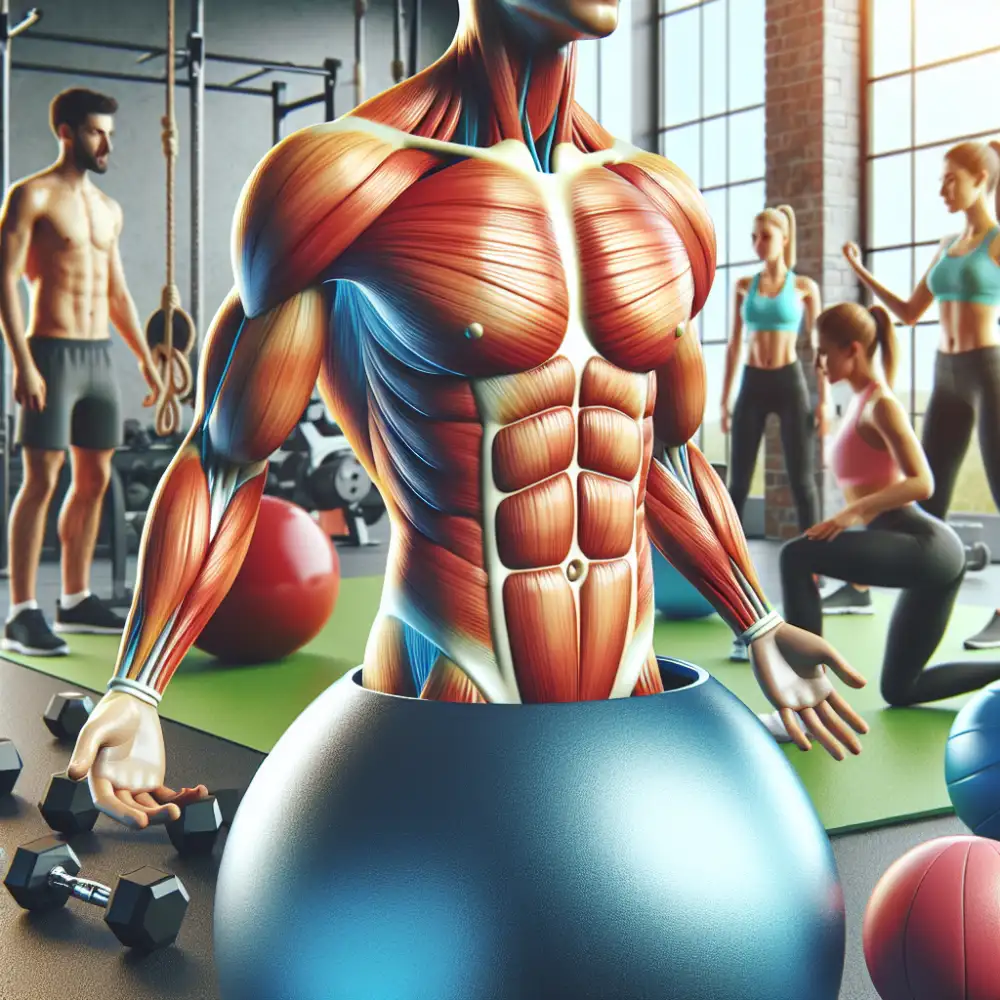
Many people hold their breath during torso exercises, which can spike blood pressure and lead to dizziness. Instead, focus on breathing deeply throughout each exercise, exhaling during the exertion phase. Overtraining the torso is another common mistake. Like any other muscle group, your torso needs time to recover after a workout. Aim for 2-3 torso-focused sessions per week, allowing for adequate rest days in between. Finally, don't underestimate the importance of a strong core beyond aesthetics. A strong torso improves posture, balance, and stability, reducing the risk of injuries during everyday activities and other forms of exercise.
Safety Precautions and Injury Prevention
Before starting any new workout routine, it's essential to consult with your doctor or a certified fitness professional. They can help you determine if the workout is appropriate for your fitness level and any underlying health conditions you may have. When performing torso exercises, use proper form to avoid injuries. If you're unsure about the proper form, ask a qualified trainer for guidance. Start slowly and gradually increase the intensity and duration of your workouts. Don't push yourself too hard, especially when you're first starting. Listen to your body and take breaks when needed. If you experience any pain, stop the exercise and consult with a medical professional. Stay hydrated before, during, and after your workout by drinking plenty of water. Avoid exercising in extreme heat or cold, as this can put extra stress on your body. Wear comfortable clothing and supportive shoes that allow for a full range of motion. Use appropriate equipment and ensure it's in good working order. Warm up before each workout with light cardio and dynamic stretches. Cool down after each workout with static stretches, holding each stretch for 15-30 seconds. By following these safety precautions, you can help prevent injuries and get the most out of your torso workouts.
id="cool-down-stretches-for-recovery">Cool-down Stretches for Recovery Progress Tracking and ProgressionProgress tracking and progression are crucial for a successful torso workout. Track your workouts by noting exercises, sets, reps, and weight used. This data helps monitor improvement and identify areas for adjustment. Measure your waist, chest, and shoulders regularly to track changes in your physique. Take progress photos every few weeks to visually see the changes in your torso.
Progression is key to continually challenge your muscles and promote growth. Gradually increase the weight, reps, or sets as exercises become easier. Incorporate more challenging exercise variations to keep your muscles stimulated. Decrease rest periods between sets to increase intensity. Focus on progressive overload, consistently increasing the demands placed on your torso muscles. Remember, consistency and proper form are essential for maximizing results and minimizing the risk of injury. Listen to your body, take rest days when needed, and fuel your workouts with a balanced diet.

Importance of Nutrition and Hydration
A strong torso is key for any workout, but you won’t get far without proper nutrition and hydration. Think of your body as a high-performance machine – it needs the right fuel to function at its best.
Before you hit the mat or lift those weights, fuel your body with a balanced meal or snack. Focus on complex carbohydrates for sustained energy and lean protein for muscle repair and growth. Good choices include oatmeal with berries and nuts, a chicken breast with brown rice and vegetables, or a Greek yogurt with fruit.
During your workout, staying hydrated is crucial. Water is essential for regulating body temperature, transporting nutrients, and lubricating joints. Aim to sip water consistently throughout your workout, especially if you’re sweating a lot.
After your workout, replenish your energy stores and aid muscle recovery with a combination of carbohydrates and protein. A protein shake, a turkey sandwich on whole-wheat bread, or a salmon salad with quinoa are all great options.
Remember, proper nutrition and hydration aren't just about building a better torso – they're essential for your overall health and well-being. By making smart choices and fueling your body right, you'll be well on your way to achieving your fitness goals.
Published: 26. 06. 2024
Category: Food

